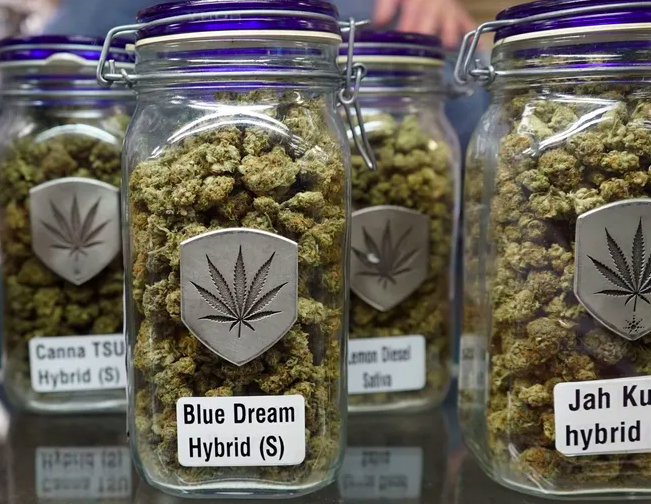Photo via
If you’ve taken a road trip anywhere across the US in the past few years, odds are you’ve tailgated, passed, or parked next to a few stoned drivers.
According to CNN, a new report from the federal Centers for Disease Control (CDC) found that 12 million Americans admitted to getting behind the wheel while under the influence of marijuana between 2017 and 2018. Statistically, that’s nearly 5% of the entire country.
The data was collected from the Substance Abuse and Mental Health Services Administration’s 2018 National Survey on Drug Use and Health (NSDUH), which asked respondents about their use of alcohol, cannabis, and other federally controlled narcotics.
“Impaired driving is a serious public health concern that needs to be addressed to safeguard the health and safety of all who use the road, including drivers, passengers, pedestrians, bicyclists, and motorcyclists,” the CDC study’s authors wrote.
Broken down by age, researchers found that young adults between the ages of 21 and 25 were most likely to consume cannabis before driving, with 12.4% of that cohort admitting to operating a vehicle while high. Not far behind, 9.2% of 16-20 year olds said that they, too, had sparked up before starting their car.
As cannabis legalization continues to spread to new states, stoned driving has quickly emerged as a hot button topic for state regulators, law enforcement officers, and federal officials. But while a number of early studies have attempted to link cannabis legalization with an uptick in car crashes and automobile fatalities, other research has refuted those claims, creating a hefty dose of confusion around the entire situation. And because accurate roadside cannabis impairment testing technology is yet to be widely adopted, detecting high drivers comes with its own set of complications.
Outside of cannabis, the CDC study found that 8% of Americans had driven under the influence of alcohol during the same time period, while 0.9% of respondents admitted to using non-cannabis narcotics before revving their engines.
Because the issue of intoxicated driving is so massive and is not restricted to any one area of the country or illicit substance, CDC authors said that stopping drunk and drugged drivers altogether would be nearly impossible. Wrangling the issue will require, education, research, and regulatory teamwork at all levels of law enforcement and government.
“Collaboration among public health, transportation safety, law enforcement, and federal and state officials is needed for the development, evaluation, and further implementation of strategies to prevent alcohol-, drug-, and polysubstance-impaired driving,” the report concluded.
Follow Zach Harris on Twitter











